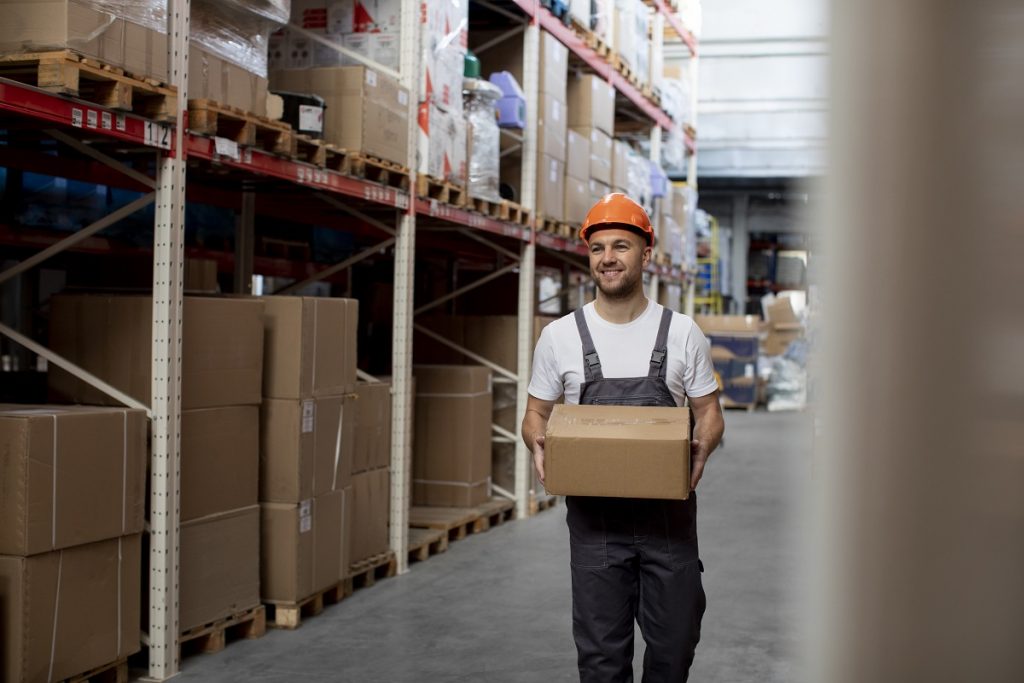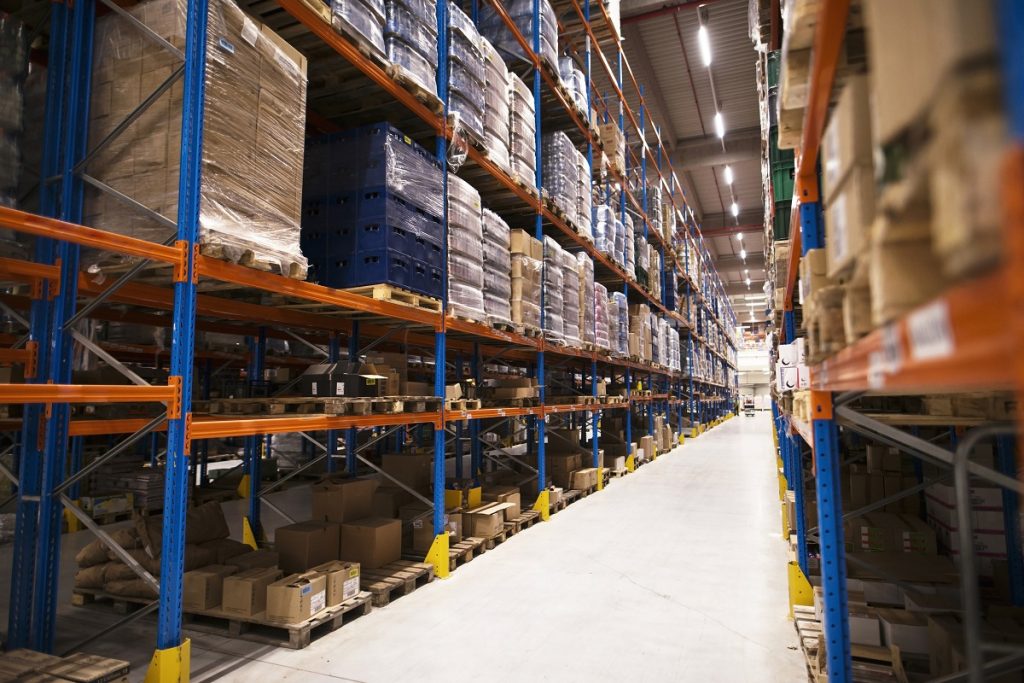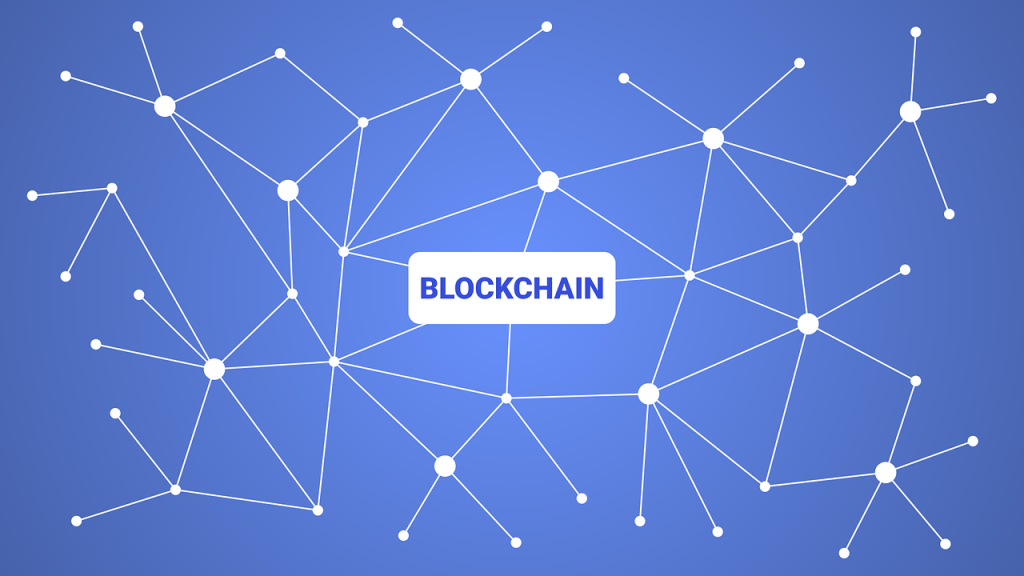

- 3PL benefits from technology like WMS and IoT for improved efficiency, accuracy, and speed in goods delivery.
- Robotic Process Automation in 3PL streamlines routine tasks, enhancing flexibility and accuracy in operations.
- Augmented Reality and Blockchain Technology in 3PL offer real-time visualization and secure, transparent transactions.
- Adopting modern technology is crucial for Singaporean businesses to remain competitive and efficient in 3PL.
- WMS, IoT, RPA, AR, and blockchain improve efficiency and reduce errors in the supply chain.
Third-party logistics (3PL) is an industry that Singapore businesses must recognize. In a globalized world, 3PL services have become crucial to improve efficiency and remain competitive in the market.
With technology, 3PL can provide businesses with cost optimization, improved accuracy, and delivery speed. This blog will explore how modern technology can amplify 3PL storage efficiency and why businesses should consider integrating these solutions.

Warehouse Management Systems (WMS)
WMS is a software solution that enables the 3PL provider to manage all warehouse operations successfully. It is a valuable tool that offers real-time inventory updates, location management, pick and pack, and other functionalities to streamline the flow of goods through your supply chain.
Productivity Reports
With WMS, businesses can receive reports on staff productivity, inventory accuracy, and storage optimization, which allows logistic providers to track the warehouse’s efficiency better and make necessary changes where needed.
Modern Equipment
To complement the WMS, you should look for a modern lift truck to move crates around the warehouse. These trucks should be designed to work with the WMS and complete tasks efficiently. Investing in modern equipment like lift trucks can significantly increase warehouse efficiency and reduce manual labor, freeing time for employees to focus on more critical tasks.
Internet of Things (IoT)
The Internet of Things (IoT) solutions can help businesses track products at each stage of their journey, from inventory management to final delivery. IoT relies on sensors and real-time data analytics to monitor the location, temperature, and even humidity of the products stored, which helps businesses respond quickly if issues arise.
Information Sharing
It also enables the sharing of information, and through digital twin technology, users can simulate and evaluate the impact of different operational strategies. This leads to faster and more informed decision-making, reducing delays in delivery and increasing customer satisfaction.
Robotic Process Automation (RPA)
Robotic process automation (RPA) is a technology that allows repetitive and time-consuming tasks to be automated. RPA bots can be programmed to complete routine tasks such as pick-pack inventory handling and put-away inventory, which saves time and improves the accuracy and speed of goods movement.
Improve Flexibility
By leveraging RPA, 3PL can improve flexibility and transfer more complex human tasks to software. This reduces human error and allows staff to focus on more critical and complex tasks. RPA also enables 3PL to handle peak periods or fluctuations in demand seamlessly, ensuring timely and efficient delivery of goods.
Enhanced Accuracy
One of the most significant advantages of implementing RPA in 3PL is its enhanced accuracy. RPA bots are immune to human error, commonly occurring in tasks involving data entry or sorting. By automating these processes, 3PL providers can dramatically reduce the risk of misplaced inventory or delivery errors, directly improving their overall storage efficiency.
Augmented Reality (AR)
AR technology can enhance storage efficiency and provide employees insight into a new working method. With the help of AR technology, the 3PL provider can guide staff to specific items and their storage locations, reducing errors and improving efficiency. Employees, in turn, can then use the technology to perform inspections and maintenance tasks to ensure that equipment works correctly. This leads to increased productivity and improved accuracy in the warehouse.
Real-Time Visualization
Augmented reality offers the advantage of real-time visualization, which can significantly enhance efficiency in 3PL storage. For instance, AR headsets can display information about an item — such as weight, dimensions, or handling instructions — directly into the operator’s field of view. This can significantly reduce the time taken to retrieve and process information, thus speeding up operations.

Blockchain Technology
Blockchain Technology provides transparent, secure, and decentralized record-keeping that maintains data integrity and increases transparency and security. 3PL providers can use blockchain technology to track the transfer of goods through the supply chain, improving accountability and reducing the likelihood of disputes. Using blockchain technology, 3PL can help businesses track their inventory and provide detailed information about where various products are routed throughout the supply chain.
Increased Transparency and Security
In 3PL, the decentralized nature of blockchain technology provides unparalleled transparency and security. Every transaction is recorded on the blockchain and cannot be altered or deleted, providing a tamper-proof record of each item’s journey through the supply chain. This can significantly reduce fraud and miscommunication between 3PL providers and clients.
The adoption of technology can provide significant benefits in the 3PL sector. By leveraging modern technology, Singapore businesses can optimize efficiency and improve accuracy while reducing the probability of errors. WMS, IoT, RPA, AR, and blockchain can help businesses maintain a competitive edge by increasing efficiencies, reducing costs, and enhancing the traceability of goods in the supply chain. If you’re looking to improve the storage efficiency of your 3PL service provider, don’t hesitate to reach out to one that can leverage these modern technological advances.